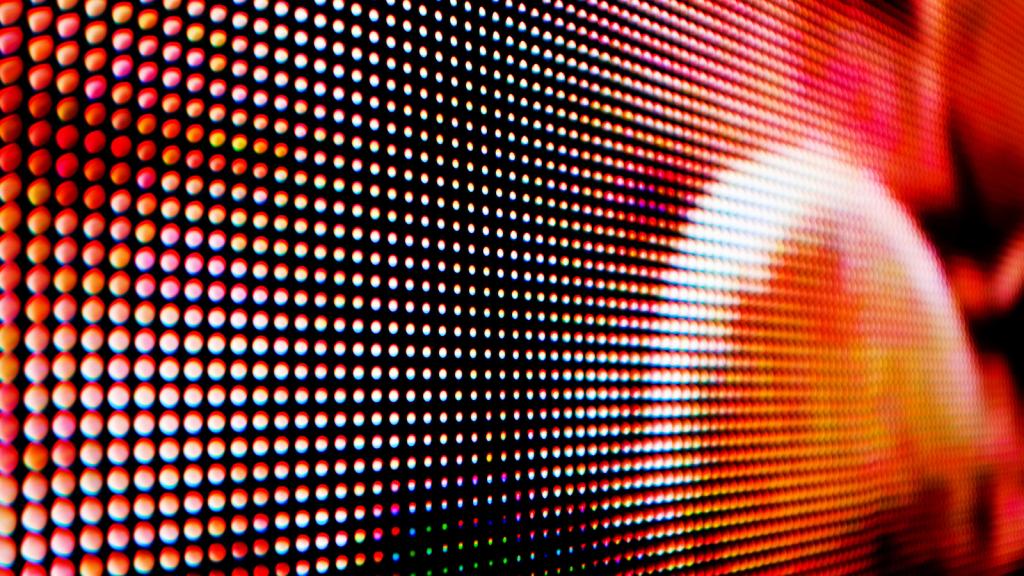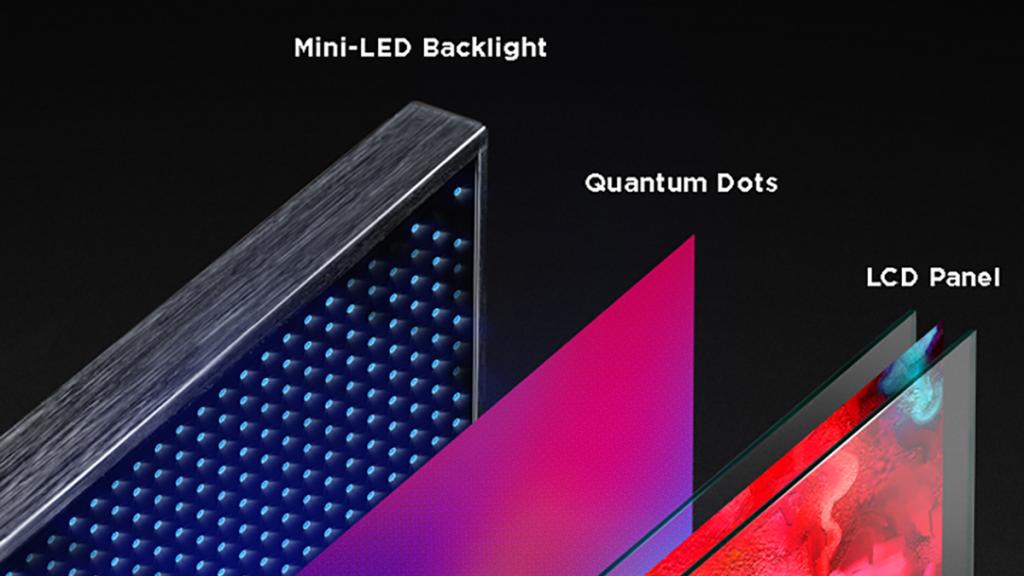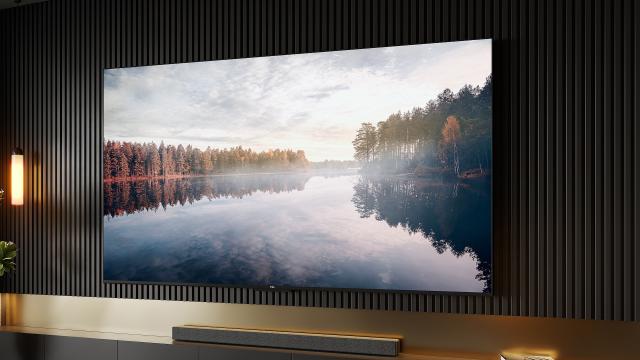If you’ve looked into buying a new TV recently, you’ve most likely noticed recurring terms when it comes to the technology used in their respective displays. Over the past couple of years we’ve seen one form of display technology steadily increase its presence in the TV market – mini-LED.
But what exactly is mini-LED, and how does it differ from the other TV displays that are currently available? To help you understand how this technology works without having to pry off your TV’s screen, here’s everything you need to know about mini-LEDs.
What is mini-LED?

As its name suggests, mini-LEDs are smaller versions of the standard LEDs found in displays. These mini-LEDs are usually a fifth of the size of a typical LED. Due to the size of these mini-LEDs, you’re able to pack more of them together in a single space. It’s the difference between having thousands of mini-LEDs, versus the few hundreds found in standard LED screens.
Back in 2019, TCL was the first brand to release a mini-LED TV with its 4K 8-Series, and has been consistently releasing flagship displays since then.
While mini-LED displays aren’t as commonplace as OLED ones – both in TVs and elsewhere – it’s certainly getting there. We’ve seen a few other brands branch out with this technology. Most notably, Apple used mini-LED displays for the fifth and sixth-generation iPad Pro and the 14-inch and 16-inch versions of the MacBook Pro released in 2021.
How do mini-LED TV displays work?

Before we look at how mini-LED works, we need to understand how different TV displays work. Broadly speaking, there are two kinds of TVs available – OLED and LCD.
With an OLED TV (Organic Light-Emitting Diode), the pixels are illuminated and coloured individually, which creates stunning visual contrast – especially when it comes to pure blacks.
With LCD TVs (Liquid Crystal Display), the LCD panel is lit either by LEDs from behind or on the edges of the screen. TCL’s mini-LED TVs use a layer of light-emitting nanocrystals known as Quantum Dots in between the LCD panel and the backlights, which helps improve the picture quality with more accurate colour reproduction.
These backlit displays use local dimming, which involves the LEDs being grouped together in several zones across the screen that can be controlled independently from one another. For example, one zone could be switched off or dimmed, while the ones surrounding it remain lit.
The more of these local dimming zones, the more precise this backlighting is. This is where the advantage of mini-LEDs comes into play. By having more LEDs packed together, the display is able to be more precise in how it represents highlights and shadows. This creates a higher contrast ratio, with vibrant colour reproduction, deep blacks and improved brightness. It also helps you lessen blooming, which is when light created from one zone bleeds over into a darker zone and usually causes people and objects on-screen to have a slight glow along their edges.
When comparing the two types of displays, mini-LEDs are overall brighter and, unlike OLED displays, you don’t have to worry about the risk of screen burn either.
The quality of the picture from a mini-LED TV is quite impressive, especially when you factor in how much these screens cost when compared to what else is on the market. Most notably, OLED TVs are quite pricey. Comparatively, mini-LED TVs are less expensive than their OLED counterparts. For example, the 65-inch TCL C845 TV retails for $2,999 while the equivalent-sized OLED TV from Sony or Samsung starts at around the $4,000 mark.
While many regard OLED as the best option when it comes to TVs – it has the edge when it comes to pure blacks – mini-LED displays have been fast becoming the best alternative on the market.
TCL is giving away double passes to the upcoming 2023 Toyota AFL Grand Final. Head to TCL to find out how you can win. Entries close September 27.
Image: TCL
